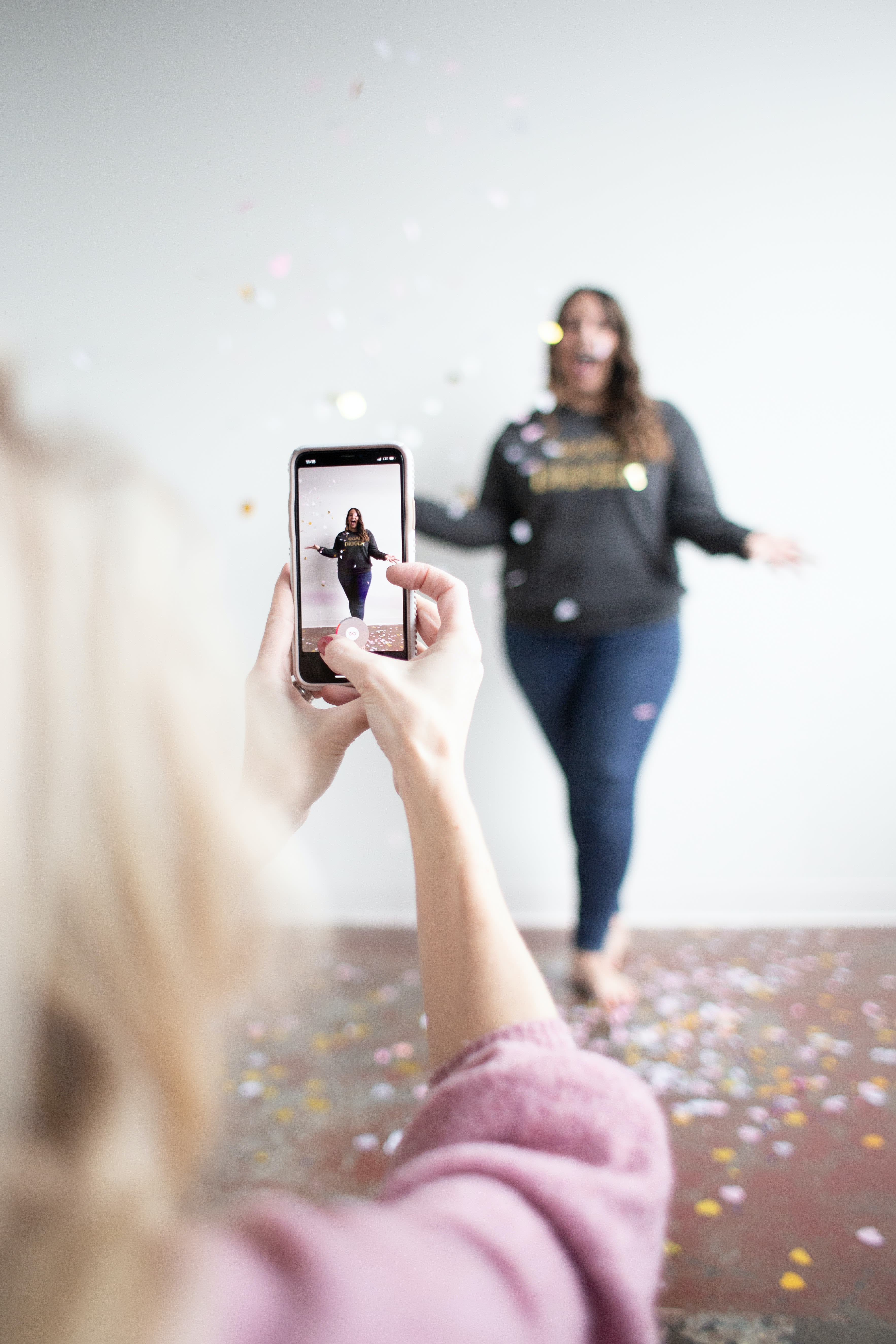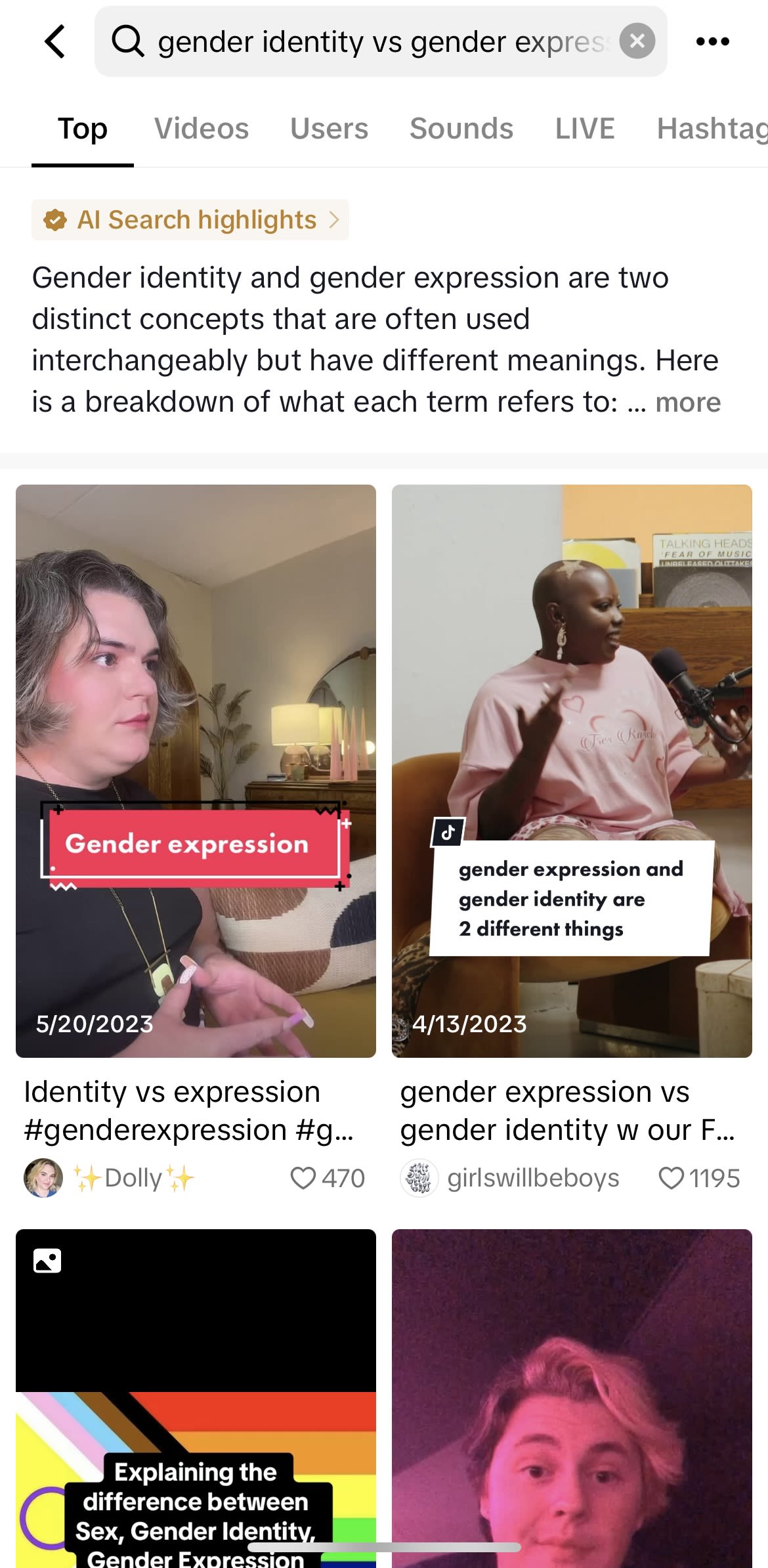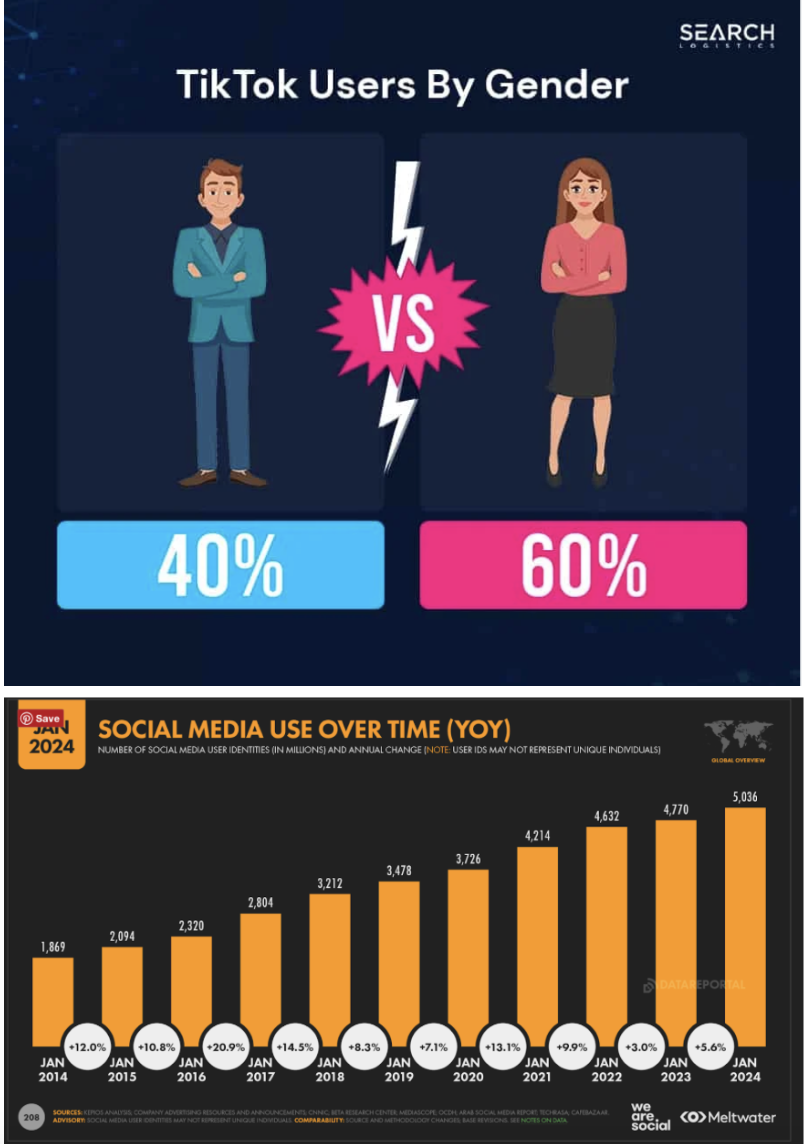The Impact of Social Media on Gender Identity
How the changing social media landscape has altered the way people think about the subject of Gender Identity

The Impact of Social Media on Gender Identity
It's no secret that technology, and along with it, social media, has made significant advancements since the early 2000s to the present day.
At the same time, the concept of Gender Identity and the way in which people choose to express and represent their gender has changed with it.
We have decided to take a look at how the changes in the way society uses social media, and the vast different options available to people in the present day has impacted how people represent their Gender identity to the world today, and how this is different from the past.
2002-2009
The formative years of Social Media
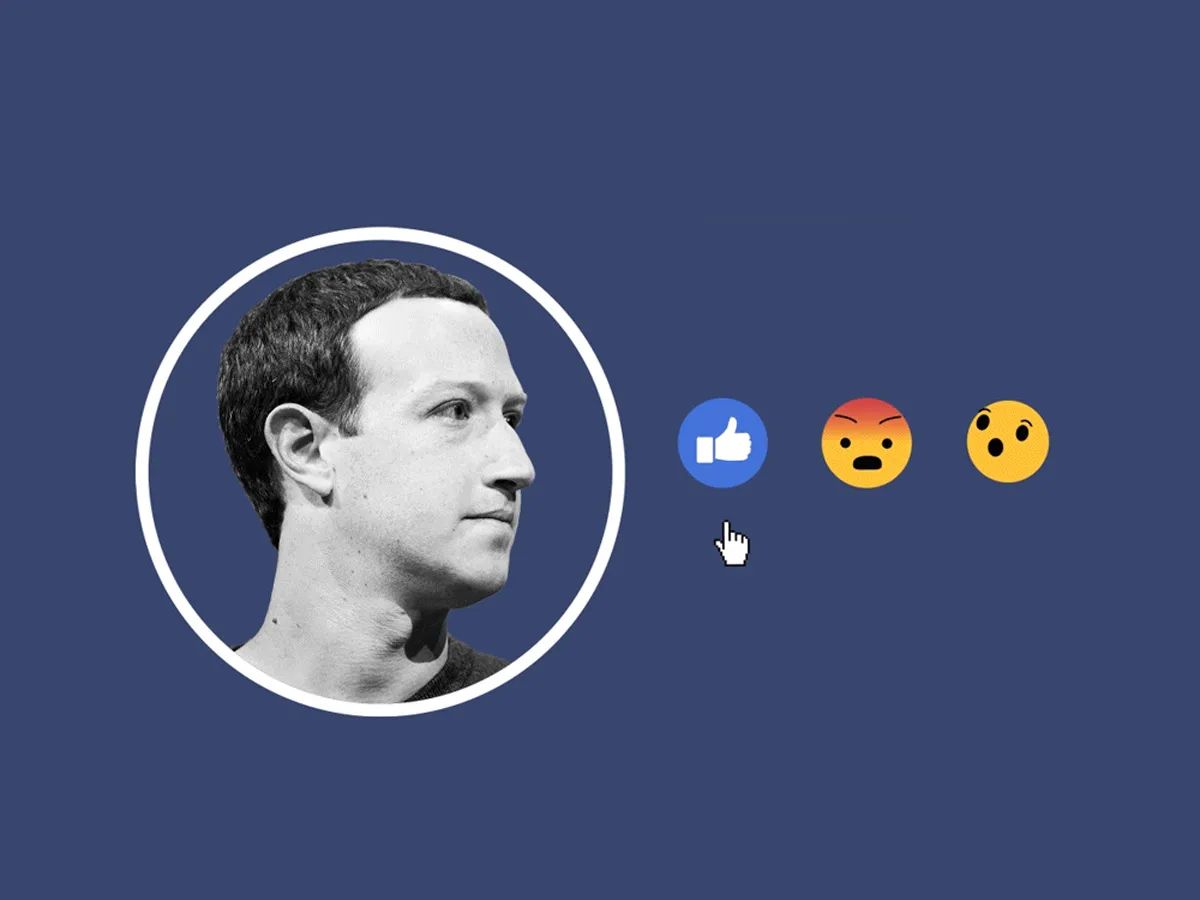
This era marked the start of mass amounts of people engaging with online communities and expressing themselves digitally, impacting various aspects of identity formation, including gender.
MySpace
MySpace was one of the first mass popular social media networks. Founded in 2003, it allowed people to express themselves through interests and create their own online identity. This was the start of people being able to express their identity through online spaces with community on a much larger scale than they had ever been able to before.
To begin with, in the early years of social media, this resulted in reinforcement of traditional gender identities and expectations, only to a heightened level, as it was far more on display on these newly emerging sites.
"Social networking sites provide valuable opportunities for emerging adults to realize possible selves; however, increased pressure for female sexual objectification and intensified social comparison may also negatively impact identity development." (Manago et al., 2008)

MySpace.com
MySpace.com
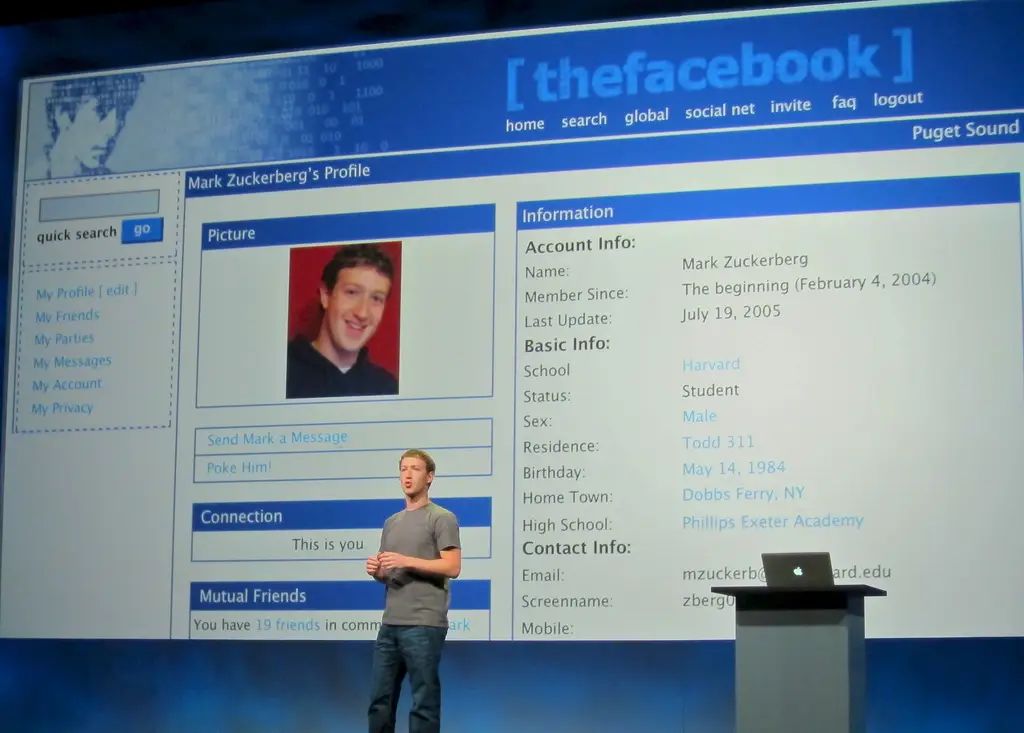
flickr/niallkennedy
flickr/niallkennedy
Facebook continued with this profile based social network. Again people were encouraged to share as much about themselves on their profile as possible. Things such as relationship status, and other personal information were key features in the growth of the platform.
Facebook built on what the like of MySpace had started and offered a space where individuals could control their indentity in a way they may not have been able to as much in the real world (Khoshsabk & Southcott, 2019). However, like at MySpace in the early 2000s, this didn't liberate people to express their identity, but rather to conform to societies stereotypes on Gender.
Twitter (now X)
Twitter took this idea of personal expression one step further. Now rather than sharing specific parts of your personal life. Twitter encouraged people to share everything that they were thinking.
Twitter was, and is still too this day a far more toxic environment than the other sites mentioned, not to say that toxicity doesn’t exist on on the other sites, because it does. This meant that Twitter, a space created to express one’s thoughts, often became a space where those expressing their feelings about their gender identity received some form of negative response. This followed the theme of the early days of social media, where it was a reflection of the society that surrounded it, and the focus was on outdated Gender stereotypes.
Even now as Twitter has grown "there is a greater presence of strategies and dynamics of polarized discourse and segregation, perhaps as a result of the use of algorithms" and this could "generate a greater degree of polarization in areas that necessarily require integrating and inclusive perspectives, as is the case of issues connected with gender" (Peña-Fernández et al., 2023)

Twitter.com
Twitter.com
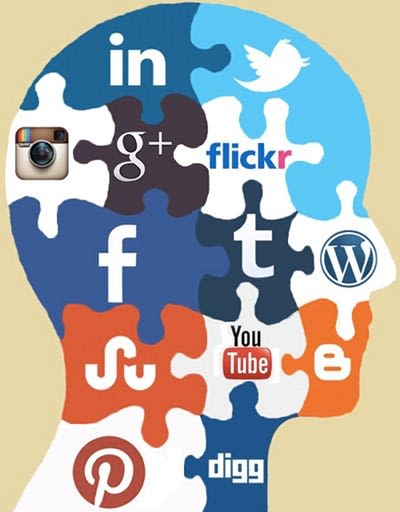
Despite the somewhat negative start in the relationship between Gender Identity and these newly emerging Social Media sites, it had created a space for these conversations to happen on a mass scale.
In some cases this has meant progression, in other cases it has meant people display their identity online in a way which is different to the real world. Whichever way you look at it, the impact these early social media sites had on the way people expressed their gender identity can't be ignored.
2010-2016
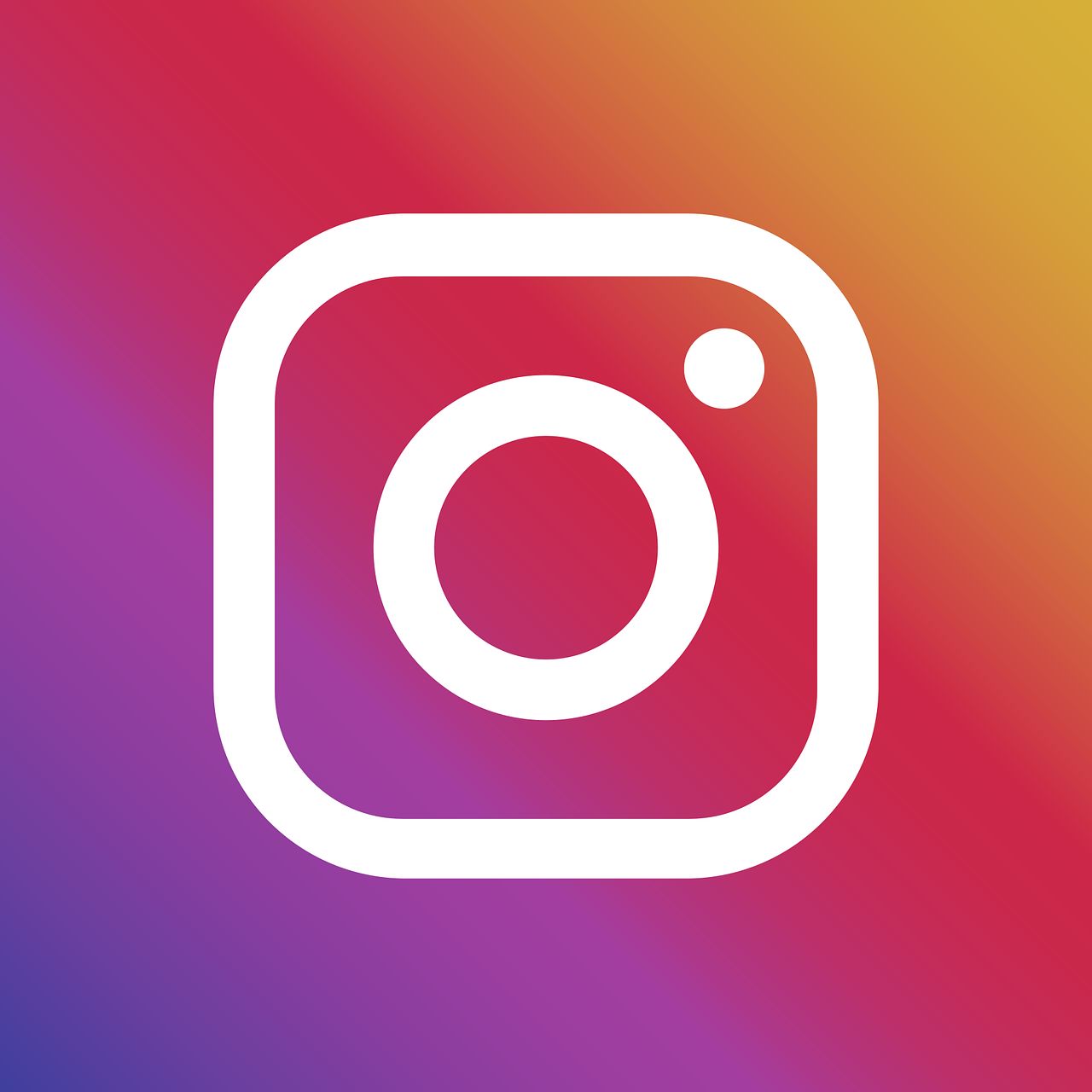
Released in 2010 and an overnight phenomenon, Instagram has evolved into a platform that gives people the opportunity to create a brand for themselves and influence others.
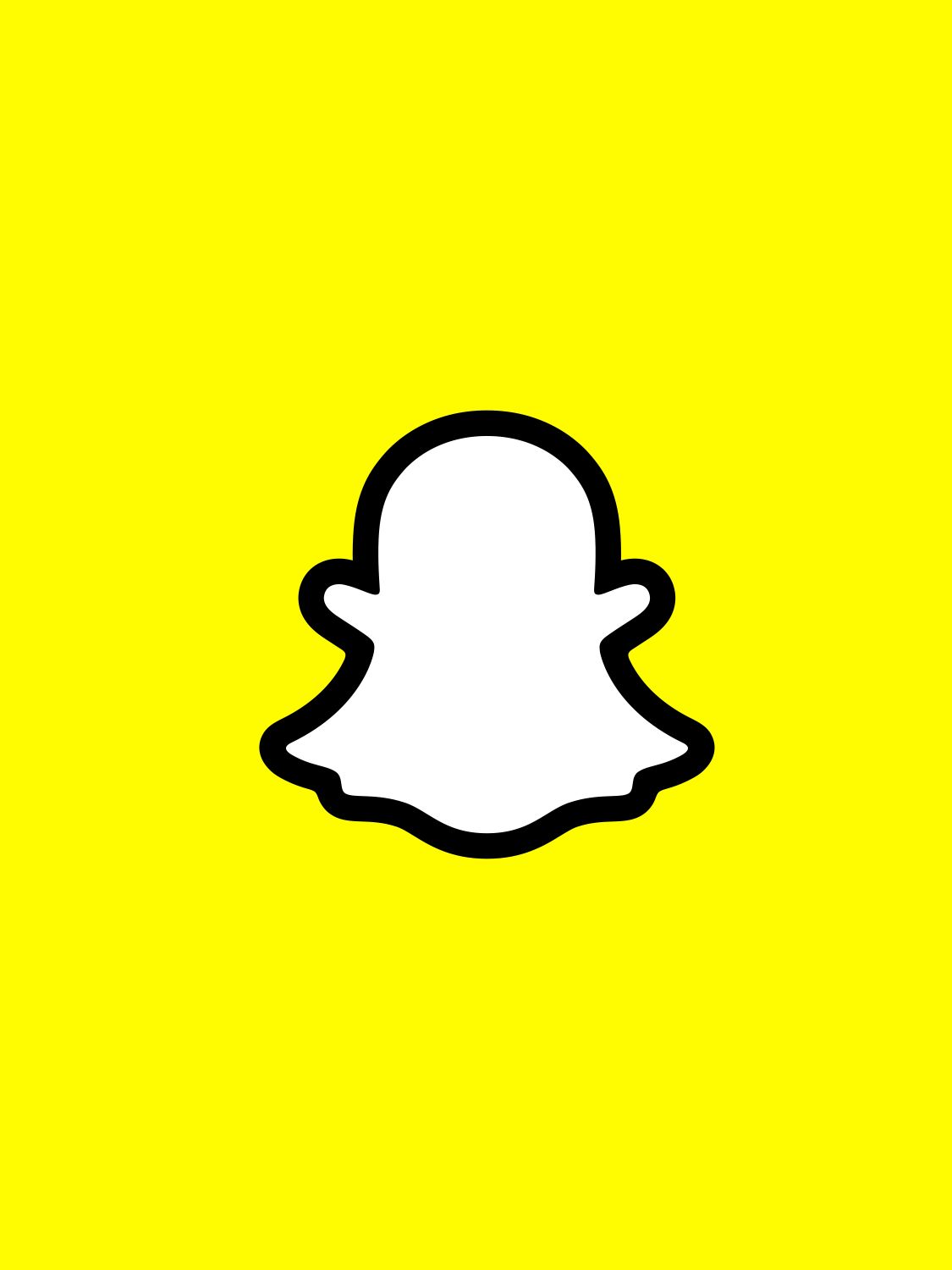
Snapchat
Following on from Instagram came Snapchat in 2011. Snapchat is not so much focused on influencing a group but rather private messaging with pictures that disappear after a certain amount of time.

Instagram came on hard and fast, with Facebook being ditched by much of the younger generation for this new, innovative platform that had new features such as stories, filters and private messaging. It quickly grew to become a place of much media and political discourse, with gender being a major focus of this discourse for the past couple of years.
Gym guru Andrew Tate is an example of someone who has great influence over Gender Identity through political discourse, using Instagram as a platform to spread his ideals. A self-described misogynist, Tate uses his platform to spread harmful messages that "explain what men want in women" and why the body count matters on a woman and not a man. He plays into the early patriarchal ideas to create a brand for himself so he can influence the gender identities of those around him. His large following indicates just how powerful Instagram can be.
The effect of Instagram's influence has also been positive for so many. The sharing of ideas and lives has allowed people who may be lost within their own identity or scared to let it known to connect with similar people, creating positive, accepting, loving communities. The most prominent among these communities is the LGBTQIA+ community which deals strongly with gender dysphoria and identity. This has saved many people from living unhappy lives where they hide how they feel and who they are just because they do not follow gender norms. Through this platform along with other media platforms, communities like the Transgender community, or Gender Fluid community have been seen and heard. It also allows huge companies, with massive influence such as Disney to play into these political ideals and support these movements.
However, Instagram also allows free opinion, and discrimination is spread widely throughout the app. This is once again noticeable in the different LGBTQIA+ communities, which have started to become discriminatory themselves due to how much backlash they face. The gender identity aspect is being said to have gone too far by many however and the Instagram user @lesbiansnowwhite is the recipient of much of that discrimination. Her idealism includes neo-pronouns, a concept where people connect and identify themselves with an object rather than a gender. Her comment sections include things saying "Can we not just be normal in 2024" or things such as "I am gender-fluid and think this is the biggest bulls**t I have ever seen. This would undoubtedly create a lot of uncertainties surrounding identity and acceptance, whether it should be entertained as a concept or not. (Video Below)
Not far behind Instagram came Snapchat in 2011, which compared to Instagram had little impact on things such as gender diversity. While expanding on the filters feature it was only an app to send individuals timed photos that would disappear. While it now features an explore page allowing you to see friends' snaps which they allow a group of people to view for24 hrs, large group interactions were not part of the app. Sure you could connect with people that you met on Instagram and send them constant back-and-forth photos and messages that would disappear. Still, the overall impact on gender identity specifically was little.
Beyond these two nothing was really huge, music.ly came and went but it was not until 2017 where what we knew was thrown out the window as media monster TikTok assimilated music.ly and became the all consuming beast it is today.
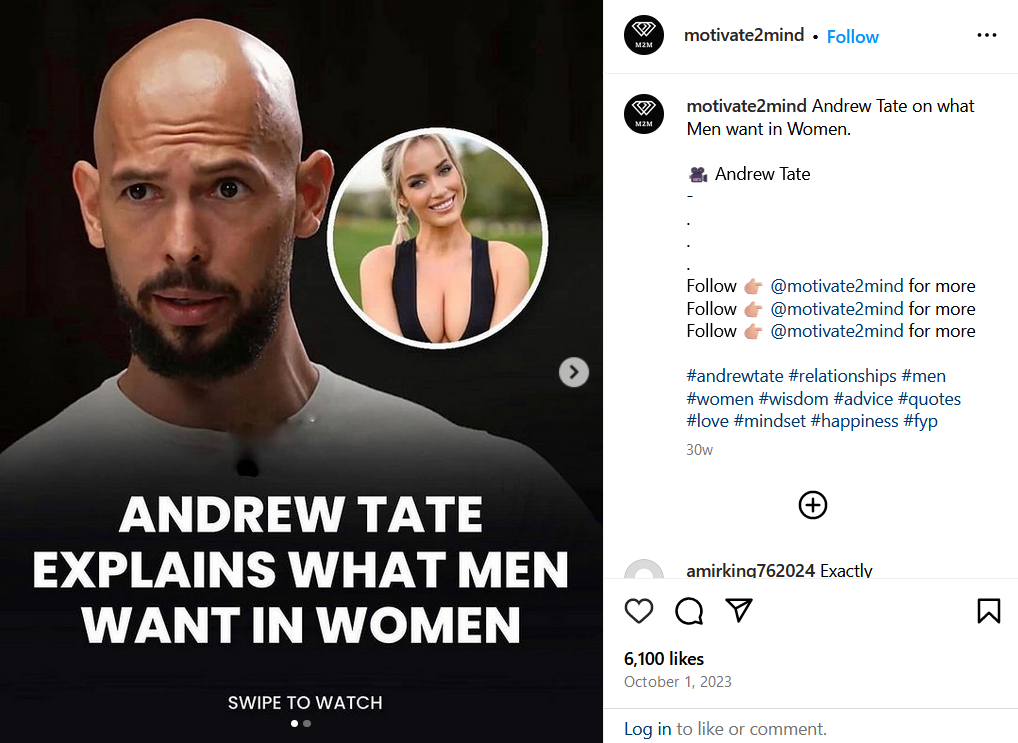
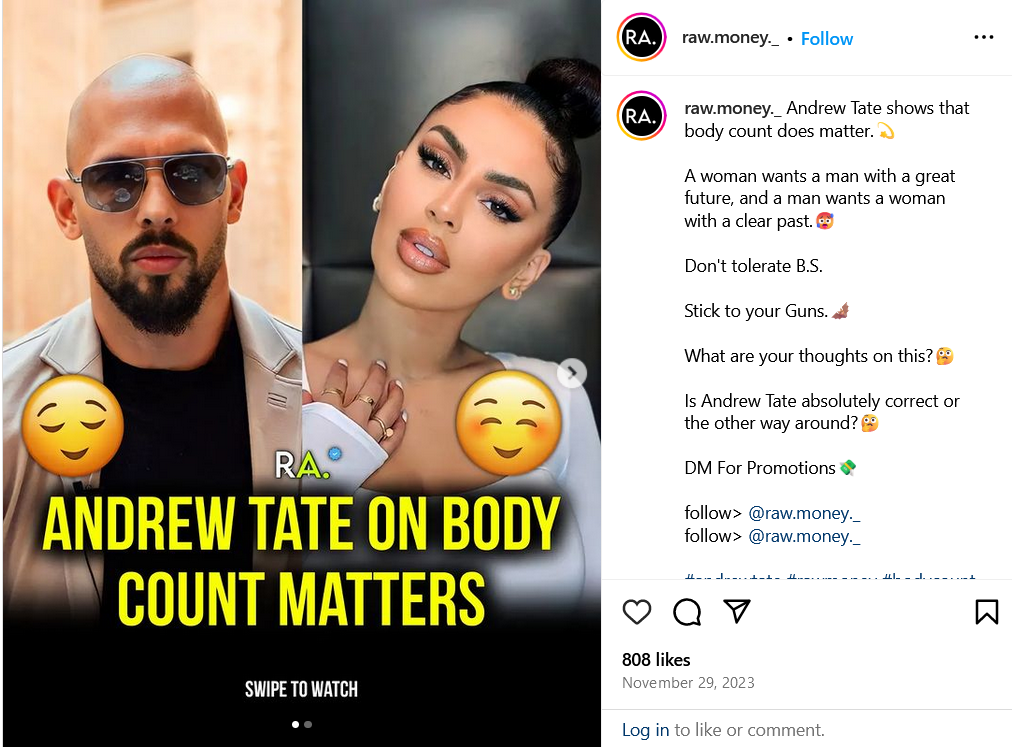
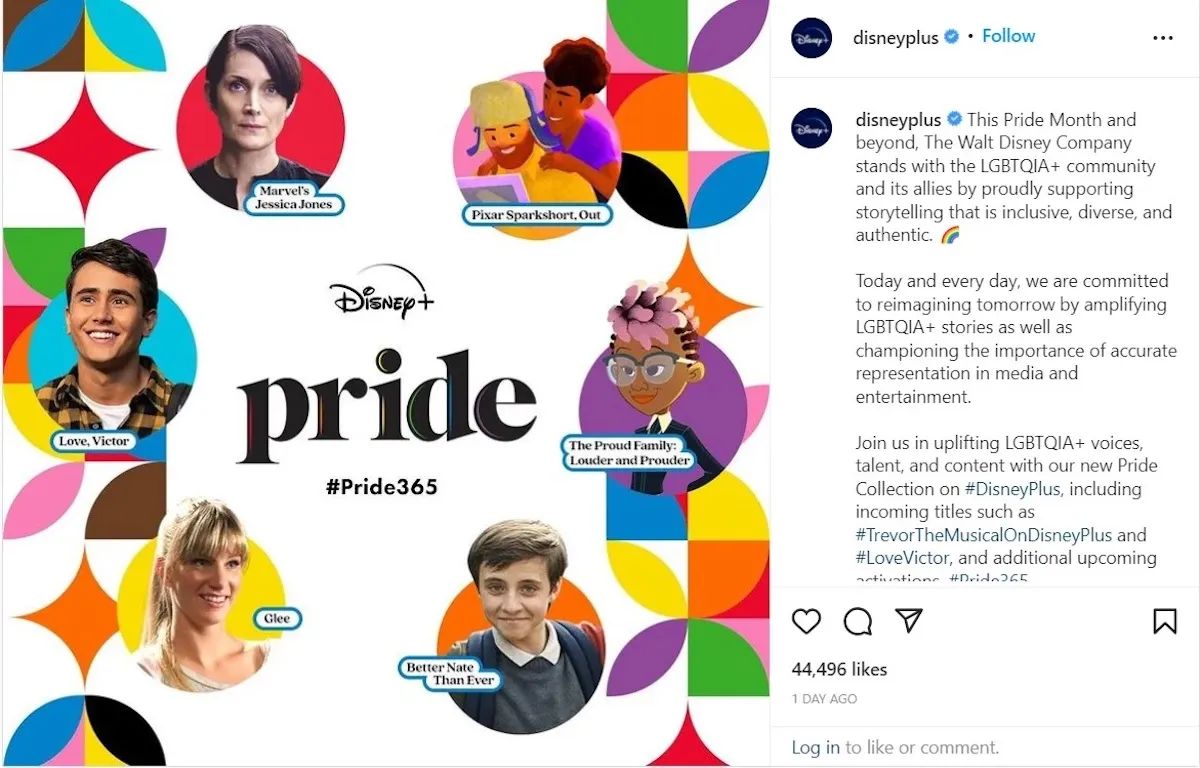
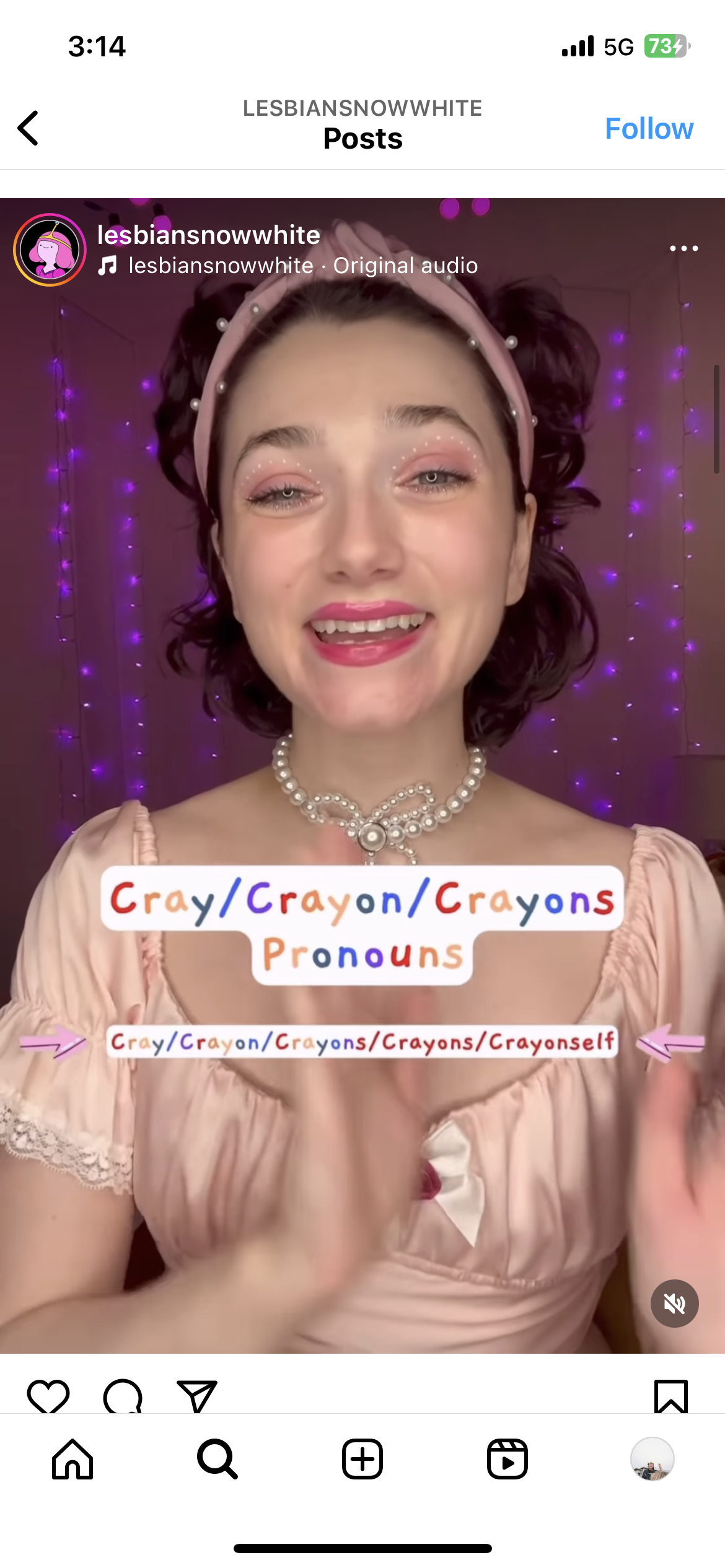
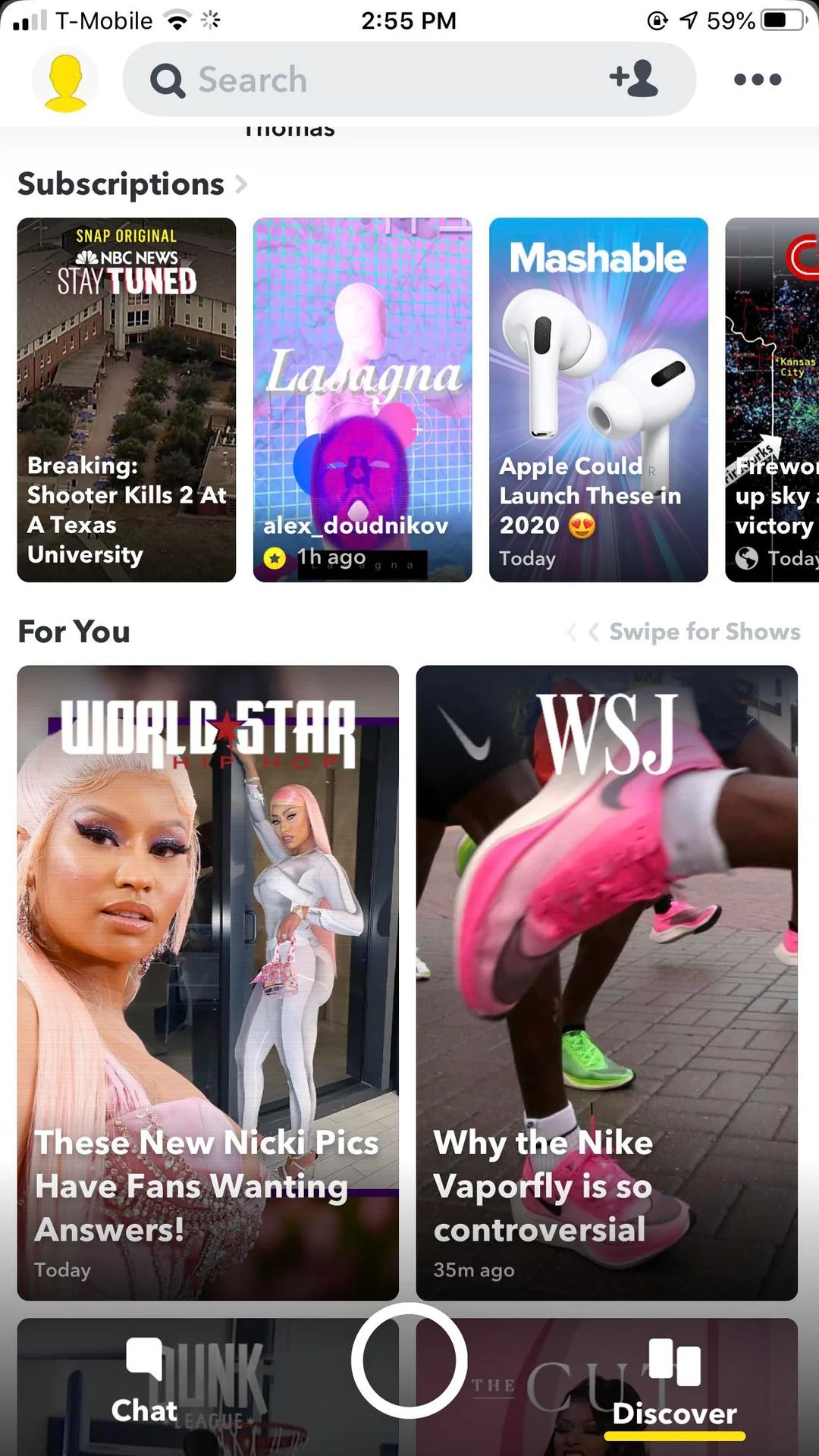
2017 - Now
The Rise of short form content and #Movements

#MeToo
#TransRightsAreHumanRights
#GenderEquality
Due to hashtag movements on social media, the challenges experienced by transgender and non-binary people are becoming more widely known. Individuals are also able to express how they feel in regards to gender idenity and rights.
For LGBTQ+ creators looking to interact with like-minded individuals and express themselves, then TikTok is the perfect place. The creative video environment developed by TikTok allows users to explore gender identity in various ways. Its algorithm or ‘for you’ page promotes content to a wider audience thus enabling gender-related topics to reach fresh users who become part of an informed community. This assists in contributing to greater visibility and understanding for everyone. It also helps those who may still be exploring LGBTQ+ to connect with other users in a safe environment. TikTok was originally known as Musical.ly with its launch in 2017 leading to a rise of short-form content. It has since grown to become one of the biggest social media platforms.
Latest reports highlight that 5 billion people use social media on a regular basis. Popular platforms include Facebook, Instagram, Snapchat, and TikTok. These forms of social media have shown to be successful in enabling activism and advocacy around gender identity, with users feeling more open to discussing how they feel on LBGBTQ+ when compared to previous years. By celebrating diverse gender identities these platforms are now providing a leading means of celebrating diversity within our society.
The instance and accessible information flow provided by social media has also made it possible for a wider audience to express themselves. Creators may feel more comfortable sharing how they feel about their gender over social media as they do not have the ‘face to face’ pressure as experienced in physical meetings with other people. In addition, it is also easier to meet like minded people by joining pages or following hashtags.
Although social media platforms have played a significant role in furthering discussions about gender identity, there are still several challenges that need to be explored. As an example, due to their easy access, the platforms can be used as places for discriminatory viewpoints. Online users can experience targeted hate speeches or harassment for expressing their LGBTQ+ gender. However, overall these platforms have been crucial in the ongoing conversation around gender identity and inclusivity because of their ability to provide a voice to underrepresented groups and promote a feeling of community for those who may feel lost or confused.
This digital story on social media and its impact on gender identity has highlighted how platforms have shaped and continue to shape an understanding of self-expression.
Through the use of social media, individuals can connect and relate with like-minded people to create a sense of community.
In future, we hope the platforms discussed alongside all other forms of social media are a safe and inclusive digital space for everyone's self-expression.
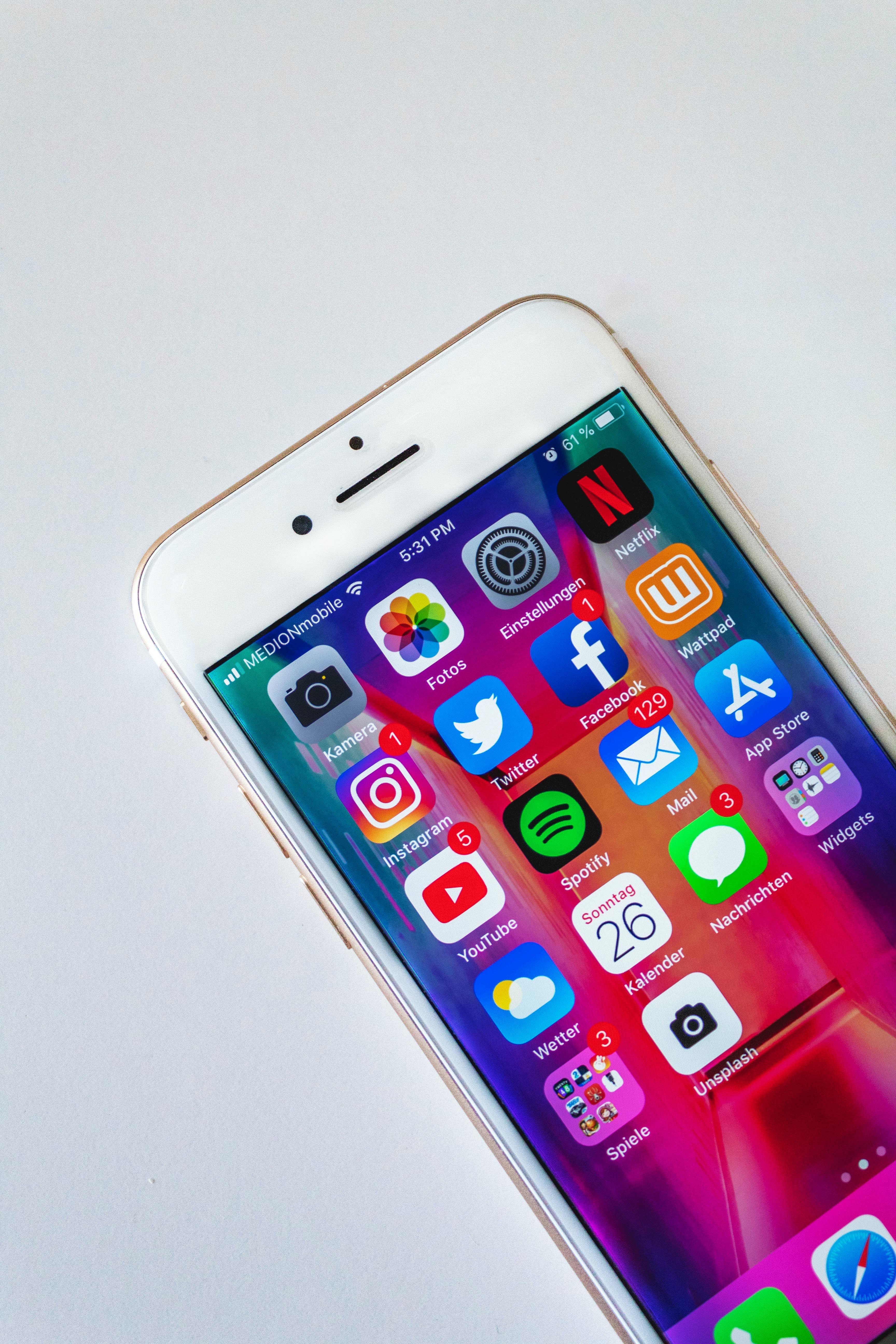
Photo by Sara Kurfeß on Unsplash
Photo by Sara Kurfeß on Unsplash
References:
Cook, J., & Hasmath, R. (2014). The discursive construction and performance of gendered identity on social media. Current sociology, 62(7), 975-993.
Dean, B. (2024, February 21). Social Network Usage & Growth Statistics: How Many People Use Social Media in 2024? Backlinko.
Edwards, M. (n.d.). How Social Media Has Changed How We Communicate. Future Of Work.
Khoshsabk, N., & Southcott, J. (2019). Gender Identity and Facebook: Social Conservatism and Saving Face. The Qualitative Report, 24(4). https://doi.org/10.46743/2160-3715/2019.3526
Manago, A., Graham, M., Greenfield, P., & Salimkhan, G. (2008). Self-presentation and gender on MySpace. Journal of Applied Developmental Psychology, 29, 446–458.
Marwick, A. (2013). Gender, sexuality, and social media. In The social media handbook (pp. 59-75). Routledge.
Peña-Fernández, S., Larrondo-Ureta, A., & Morales-i-Gras, J. (2023). Feminism, gender identity and polarization in TikTok and Twitter. Comunicar, 31(75). https://doi.org/10.3916/c75-2023-04
Sachs, J., Wise, R., & Karell, D. (2021). The TikTok self: Music, signaling, and identity on social media.
You Belong Here: Celebrating the LGBTQIA+ Community on TikTok. (2023, May 31). Newsroom | TikTok.
Images:
Title image - Artry, J. (2023, January 4). The Biggest Social Media Trends in 2023. Tech.co. https://tech.co/digital-marketing/social-media-trends
Mark Zuckerberg header - Lacey, E. (2019). 15 Moments That Defined Facebook’s First 15 Years. https://www.wired.com/story/facebook-15-defining-moments/
MySpace Profile - Hedger, D. (n.d.). The clutter: MySpace and the lessons for the dominant social media platforms. Www.linkedin.com. https://www.linkedin.com/pulse/clutter-myspace-lessons-dominant-social-media-platforms-daniel-hedger
Mark Zuckerberg presentation photo - Flickr/NiallKennedy
Original Twitter page - Twitter. (2015). Www.firstversions.com. https://www.firstversions.com/2015/07/twitter.html
Social Media Head - Mier, J. (2012, November 14). Fake Identities in Social Media. Masters of Media. https://mastersofmedia.hum.uva.nl/blog/2012/11/14/fake-identities-in-social-media/
@Lesbiansnowwhite (IG handle)
@Disneyplus (IG handle)
@Motivate2mind (IG handle)
@well_hello_dollyjaye (TikTok handle)
Image COPYRIGHT © 2024 TikTok
Image COPYRIGHT © 2024 Datareportal
